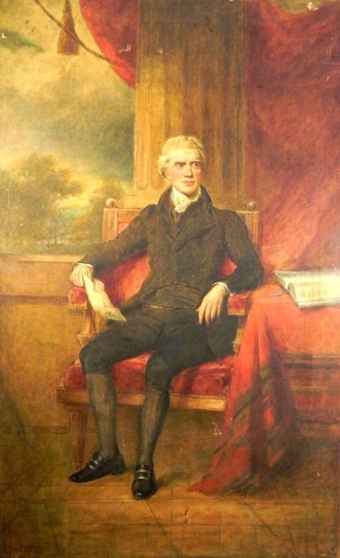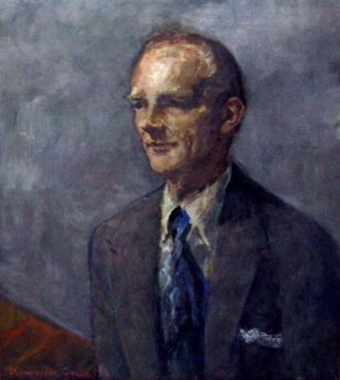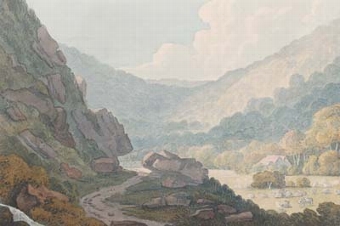featured item
portrait of william croft 1678-1727
- View other items in:
- antiques interior design modern and vintage
- other interior design
artware ltd
Enquire about this antique
Artware Ltd has 565 antiques for sale.
click here to see them all
William Croft was born into a wealthy and ancient family at the Manor House, Nether Ettington in Warwickshire and was baptised on 30th December, 1678. He was descended from the Croft family of Croft Castle herefordshire. He was educated as a ''Child of the Chapel Royal'' where he was taught, by direction and example, by the composer John Blow (1649-1708). He remained at the Chapel as a ''Child'' until he was twenty years old - something that only happened to the most talented of pupils. By the age of 19 he showed his obvious interest in composition by copying many extracts from cantatas by Scarlatti, Carissimi and others into his own manuscript book.Having left the Chapel in late 1698 he rejoined it just under two years later (in July 1700) as a ''Gentleman'' organist - the post being shared with the composer Jeremiah Clarke. As the musical historian John Hawkins said in 1776, "the bent of his genius led him to church music". This two-year gap was to be the only time in his life when he held no church position and it was during this period that his first works were published. These were all secular and included songs, suites for harpsichord, sonatas for the violin, sonatas for two recorders, four sets of theatre ''ayres'' for strings and incidental music for plays at the Drury Lane Theatre. In all probability, also in 1700, Croft became organist at St. Anne''s Church, Soho where a new organ had just been built.
In his post at the Chapel Royal he composed many works for special occasions, such as the funeral of Queen Anne and the coronation of George I, both in 1714. In 1715 Croft''s salary as Master of the Children was raised by ?80 a year for him to teach reading, writing and arithmetic as well as music and in addition to composing and organ playing.
Croft died on 14th August, 1727 in the town of Bath where he had gone to take the waters - presumably to try to remedy a deterioration in health. He was buried in the north aisle of Westminster Abbey close to Purcell and Blow. A monument was built there in his honour.In his ''General History of Music'' (1789) the musical historian Charles Burney wrote of Croft as having, "gone through life in one even tenor of professional activity and propriety of conduct. We hear of no illiberal traits of envy, malevolence, or insolence?.the universal respect he obtained from his talents and eminence in the profession seems to have blended with personal affection".
Antiques.co.uk Ref: EW8U4QMM
- Materials:
- Oil on Canvas
- Width (cm):
- 30 x 25in. (76 x 64cm.)
Artware Ltd
Artware Fine Art specialises in fine antique, decorative and historical portraits and topographical pictures . We cover a period from the 17th and 18th centuries through to the 19th & 20th Centuries. We have over 150 portraits in stock, which can be viewed on our web site, each historical portrait has well researched biographical information both on the sitter and the artist.
Contact details
18 La gare
51 Surrey row
London
Greater London
SE1 0BZ
UNITED KINGDOM
T: 0207 921 97904
E: greg@artwarefineart.com
W: www.artwarefineart.com














